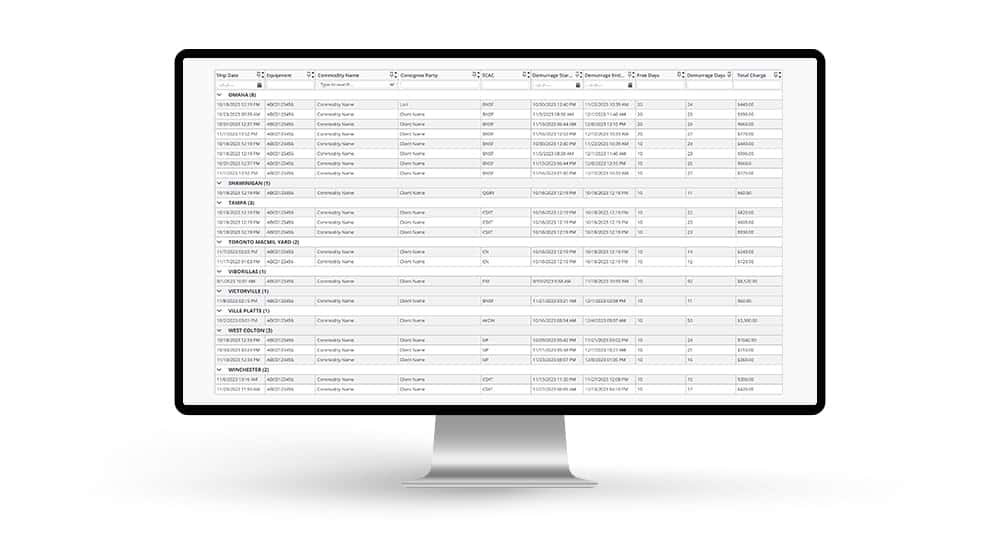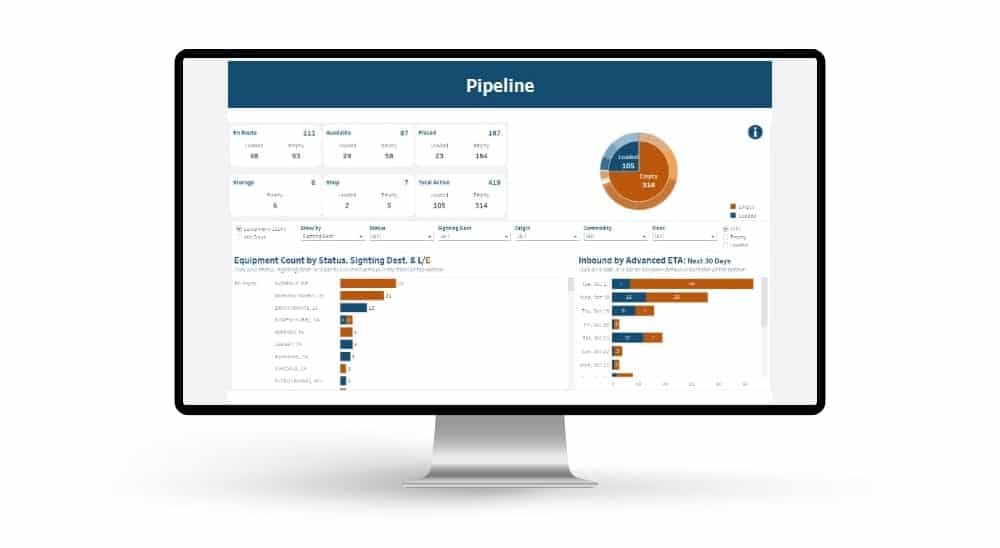In a landmark decision that promises to reshape the landscape of freight rail in the United States, the Surface Transportation Board (STB), an independent federal agency that is charged with the economic regulation of various modes of surface transportation, primarily freight rail, has laid down a new regulatory framework. This proposed rule was developed to bolster competition and enhance service levels within the rail industry. On September 7, 2023, the STB proposed a rule that inaugurates a structured pathway for shippers and receivers to solicit the STB for the establishment of reciprocal switching agreements.
It was announced on April 30th, 2024, that the final rule was adopted via unanimous vote.
According to the STB, this regulatory measure is designed to address service issues that challenge rail service performance. Furthermore, it expands the transportation policy that was mandated by the Staggers Act, a 1980 rail act that provided the railroad industry with increased flexibility to tailor services to shipper’s needs.
For a video on this topic, check out our webinar – Understanding the STB Reciprocal Switch Ruling.
What is Reciprocal Switching?
A reciprocal switching agreement is an arrangement that permits an industry served by a single rail carrier to access additional rail services through a competing line haul carrier.
This agreement is important for industries that are ‘landlocked’ by the presence of only one carrier. A reciprocal switch provides them with the benefits of more than one carrier, which in turn makes their facility more competitive, and allows them the leverage to negotiate better service terms.
As an example, Shipper A currently relies on Railroad A to get them to Railroad B. If Railroad A’s service is challenging, they are locked into relying on the railroad regardless. However, with a reciprocal switch agreement, they can receive additional rail services from Railroad B, who can now service them directly. Railroad A will either have to offer better service, or risk being eliminated from servicing Shipper A.

Highlights of the STB Ruling
The final rule establishes clear-cut criteria for when and how shippers and receivers who have access to only one Class I rail carrier within a terminal area can petition the STB for a reciprocal switching agreement. The goal of these agreements is to create a competitive spirit among Class I railroads by allowing a competing carrier into the fray. This creates an incentive for the current carrier to uplift service standards to keep the organization’s business.
Competition is important for the rail freight industry. Competition, the impact of the ruling, forces the first mile and last mile service to be more important because of the potential for access to an additional line haul carrier. This, in turn, will provide faster transit service, improved overall service, and freight savings.
The reciprocal switching agreements, as outlined by the STB, shall span a minimum of three years, and could extend up to a maximum of five, based on the circumstances. This duration is important as it provides a window for assessing the impact of such agreements on service improvement and competitive practices. The agreement can also be renewed if the original carrier fails to show performance improvements, or if the carrier chooses not to terminate the agreement.
However, to ensure the fairness of the agreements, the carriers have the right to prove that service failures are due to reasons beyond their control – although intentional reduction of workforce levels and/or equipment availability cannot be used as reasons beyond their control.
Performance Standards and Accountability
The new regulation identifies three critical performance standards as benchmarks. These measures must be standardized across all Class 1 railroads and are used to evaluate the need for a reciprocal switching agreement.
Carriers must make these metrics available to shippers and receivers upon request.
Service Reliability
This standard is based on the Original Estimated Time of Arrival (OETA), an estimated time of arrival provided to the shipper by the rail carrier when a shipment is created. It measures a Class 1 carrier’s success for on time delivery. This standard demands that carriers achieve a 70% success rate in delivering shipments within a 24-hour grace period of the OETA over 12 consecutive weeks.
Service Consistency
This standard is defined by the carrier’s efficiency in maintaining transit times and measures a Class 1 carrier’s efficiency in moving a shipment through the rail network. The failure threshold for this standard is set at an average increase of 20% in transit time over 12 weeks compared to the previous year. The rule introduces safeguard measures against excessive cumulative increases in transit times.
Inadequate Local Service
This standard focuses on the carrier’s ability to perform local deliveries and pickups within the planned service window. This is known as an industry spot and pull (ISP), and the standard sets an ISP success rate of 85% – 90% on a reduced service day.
Reciprocal Switching – A Stride Towards Competitive Equilibrium
The aim of the STB’s ruling on reciprocal switching is to foster a more dynamic and competitive environment. By placing a premium on service quality, the STB is attempting to ensure that shippers and receivers have a fair shot at accessing efficient and reliable rail services.
According to the STB, this development could be especially significant for industries that currently are locked into being served by a single carrier, as it opens new avenues for cost savings, enhanced service quality, and overall operational competitiveness.
Capturing and Reporting Metrics
This new ruling from the STB requires shippers to be diligent about tracking the metrics relevant to the three performance standards, to compare them to the metrics they request from the Class 1 carriers. This can be difficult if the current method of data collection and reporting is manual or using archaic software.
Rail Command®, RSI Logistics’ railcar management solution, can make this task a lot easier. Here’s how it helps:
Easy Data Collection
Rail Command® is designed to make collecting data about your rail shipments straightforward. This is especially useful now, with the STB putting a spotlight on how metrics and reporting are important to the three standards of accountability. Businesses can use Rail Command® to gather reporting metrics to compare to the Class 1 carrier’s metrics to prove they’re meeting these standards or, if they’re not, to pinpoint the reasons why they aren’t.
Made-to-Fit Reports
Rail Command® allows you to create reports that focus specifically on what you’re interested in. This means you can directly address the areas the STB is concerned about, using data that shows how well your rail shipping is doing or where you might need help. This custom approach to reporting is a big plus for businesses needing to navigate the new regulations effectively.
With these new STB rules shaking things up, having a tool like Rail Command® can make a big difference. It’s about gathering the right data and the reports to determine if your rail shipping is optimized. For businesses looking to stay ahead and ensure their rail logistics are operating at peak efficiency, investing in such a tool is a smart move.





